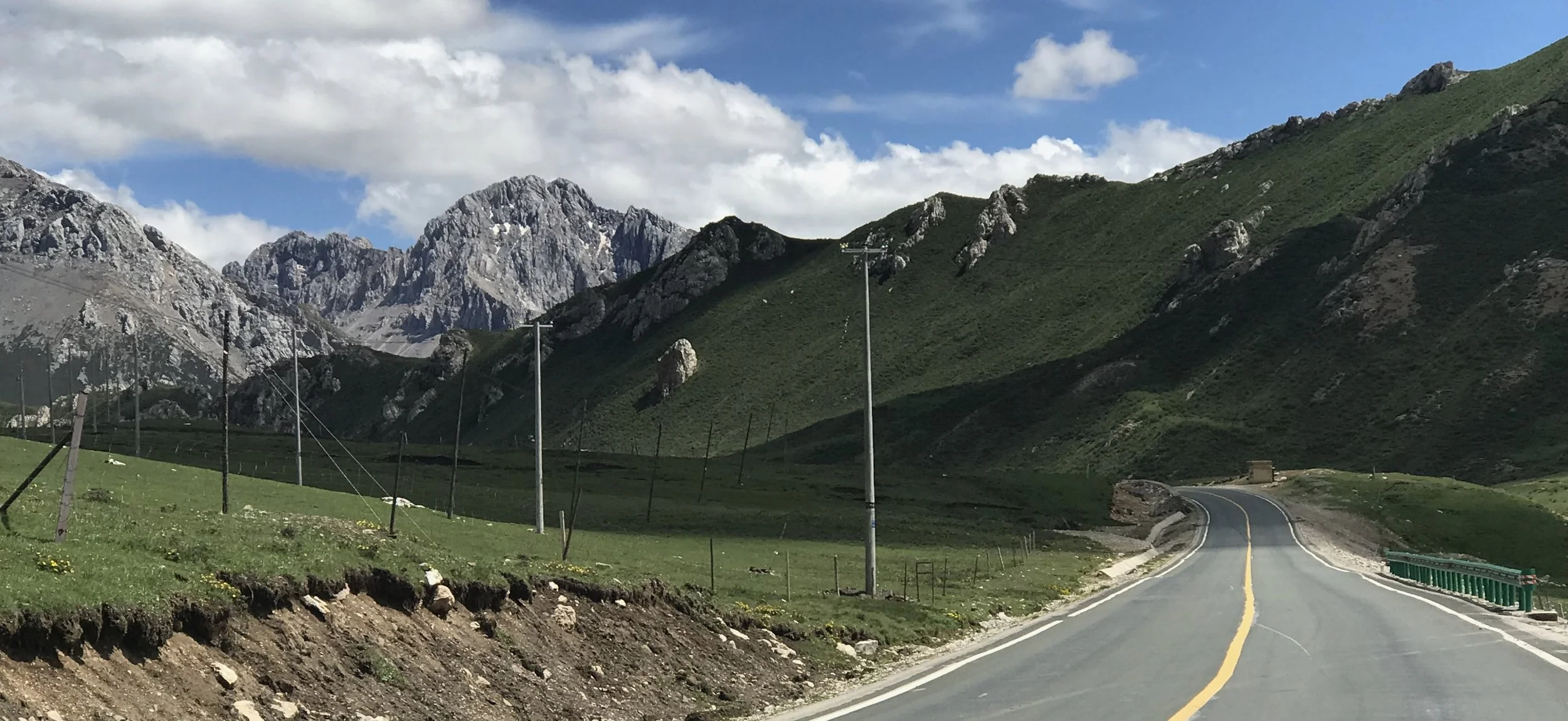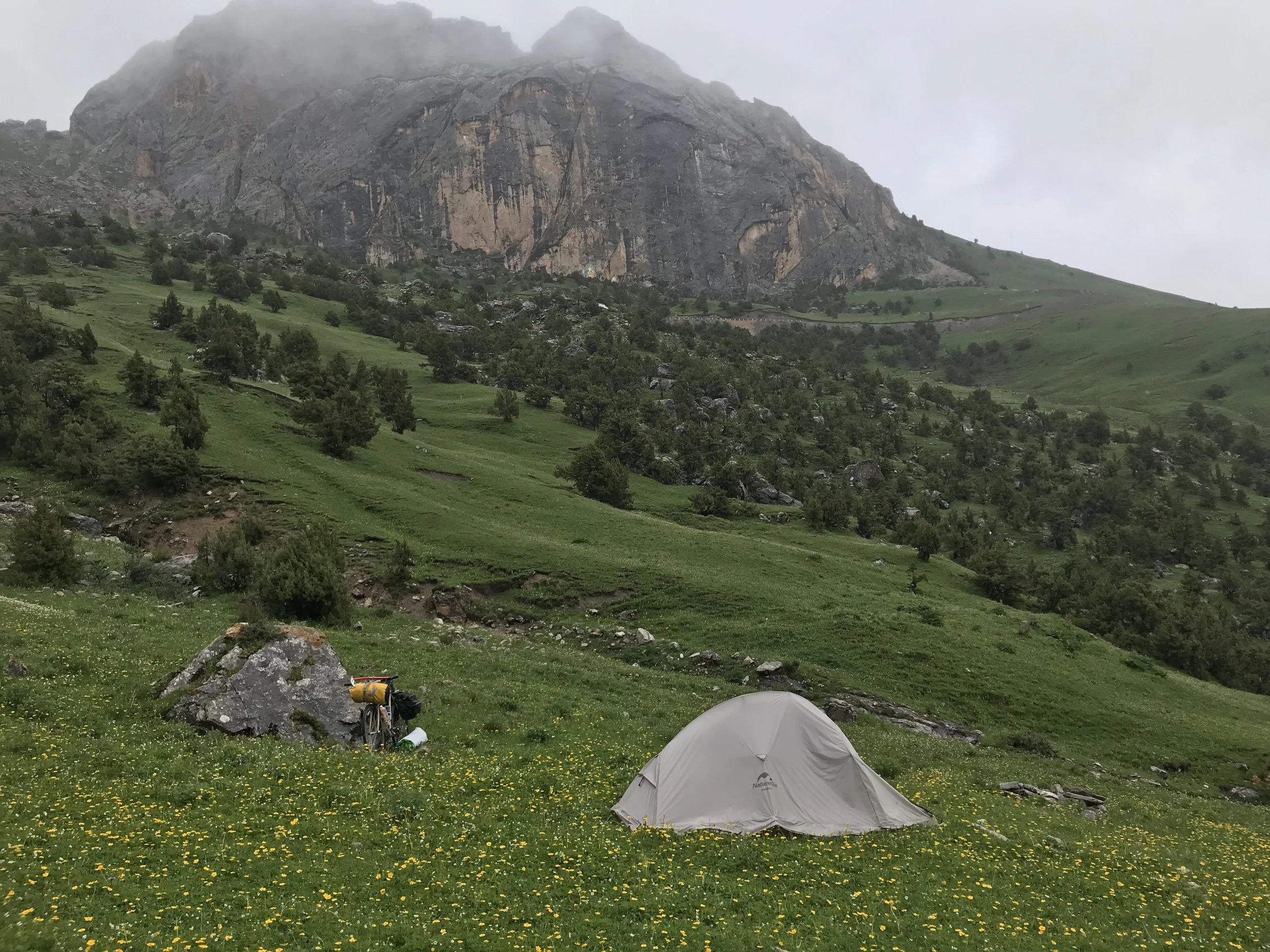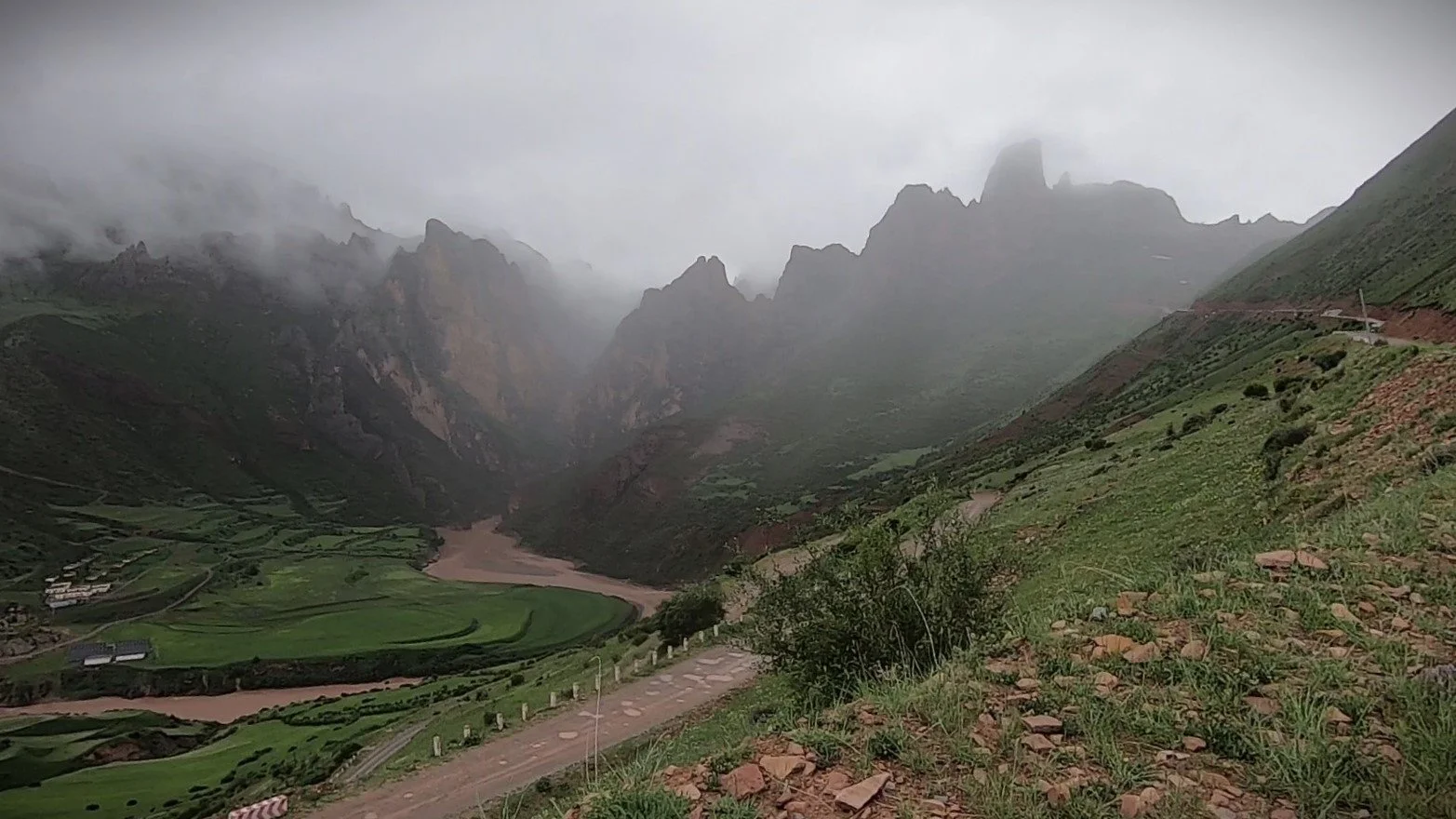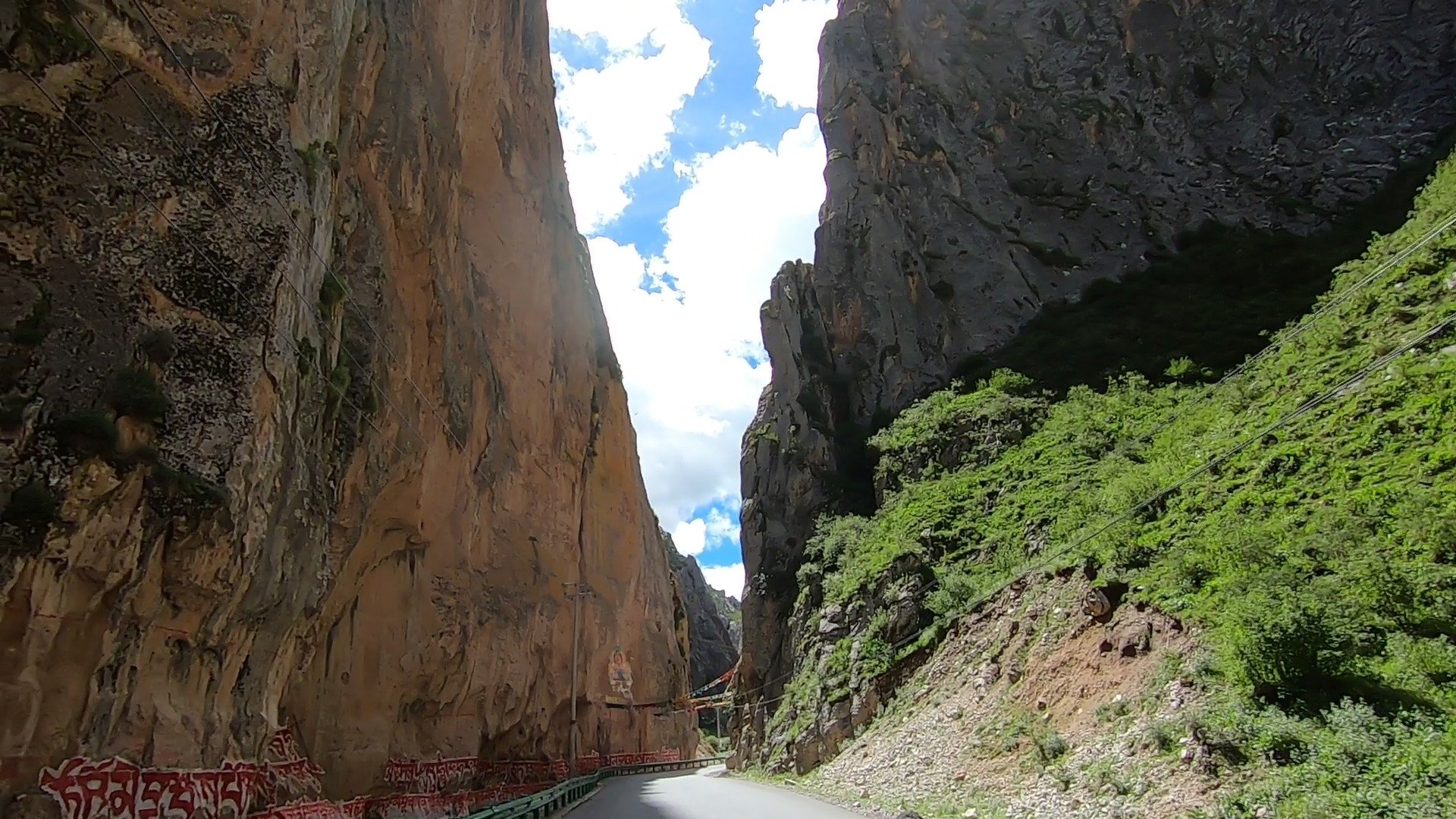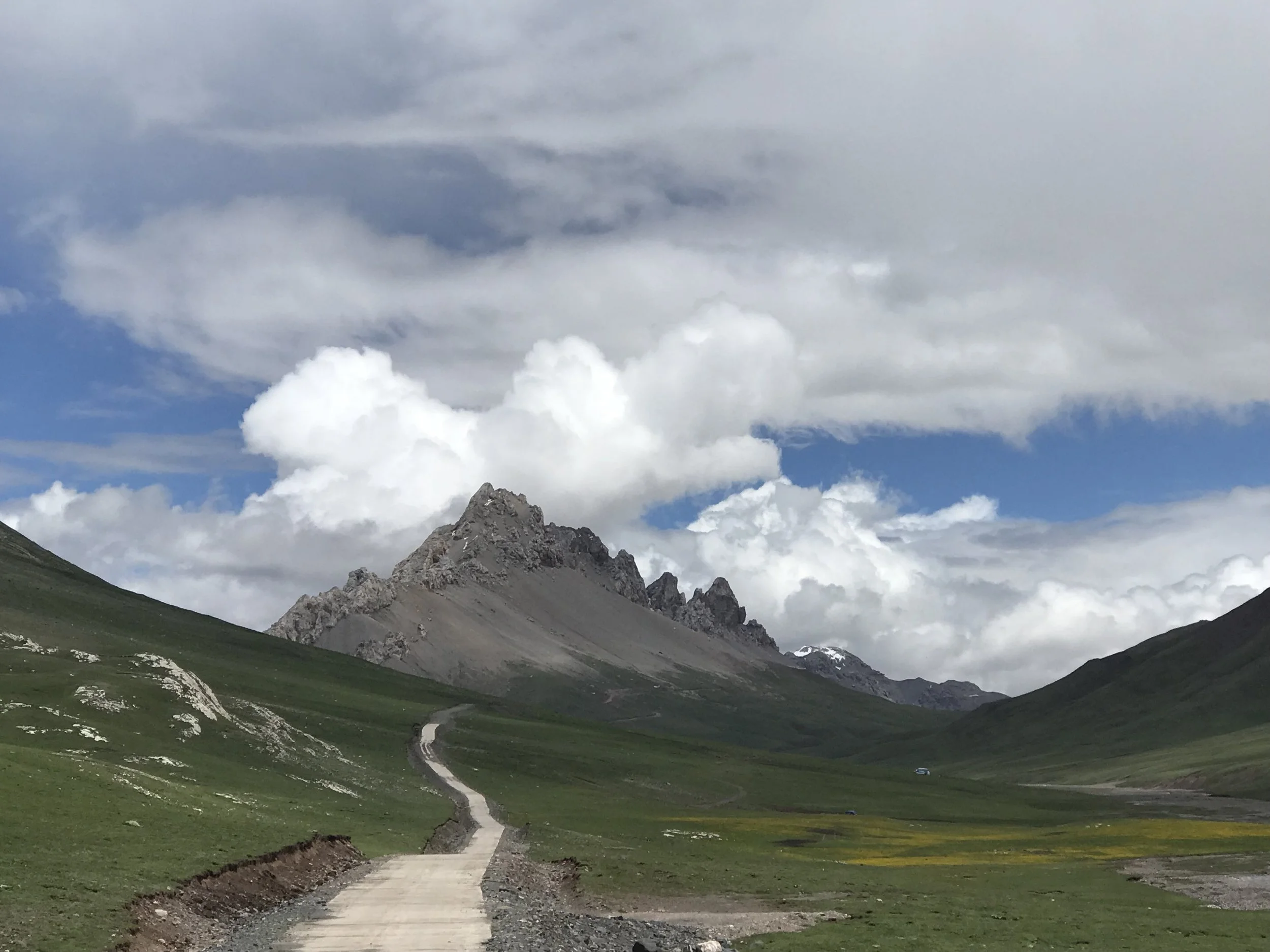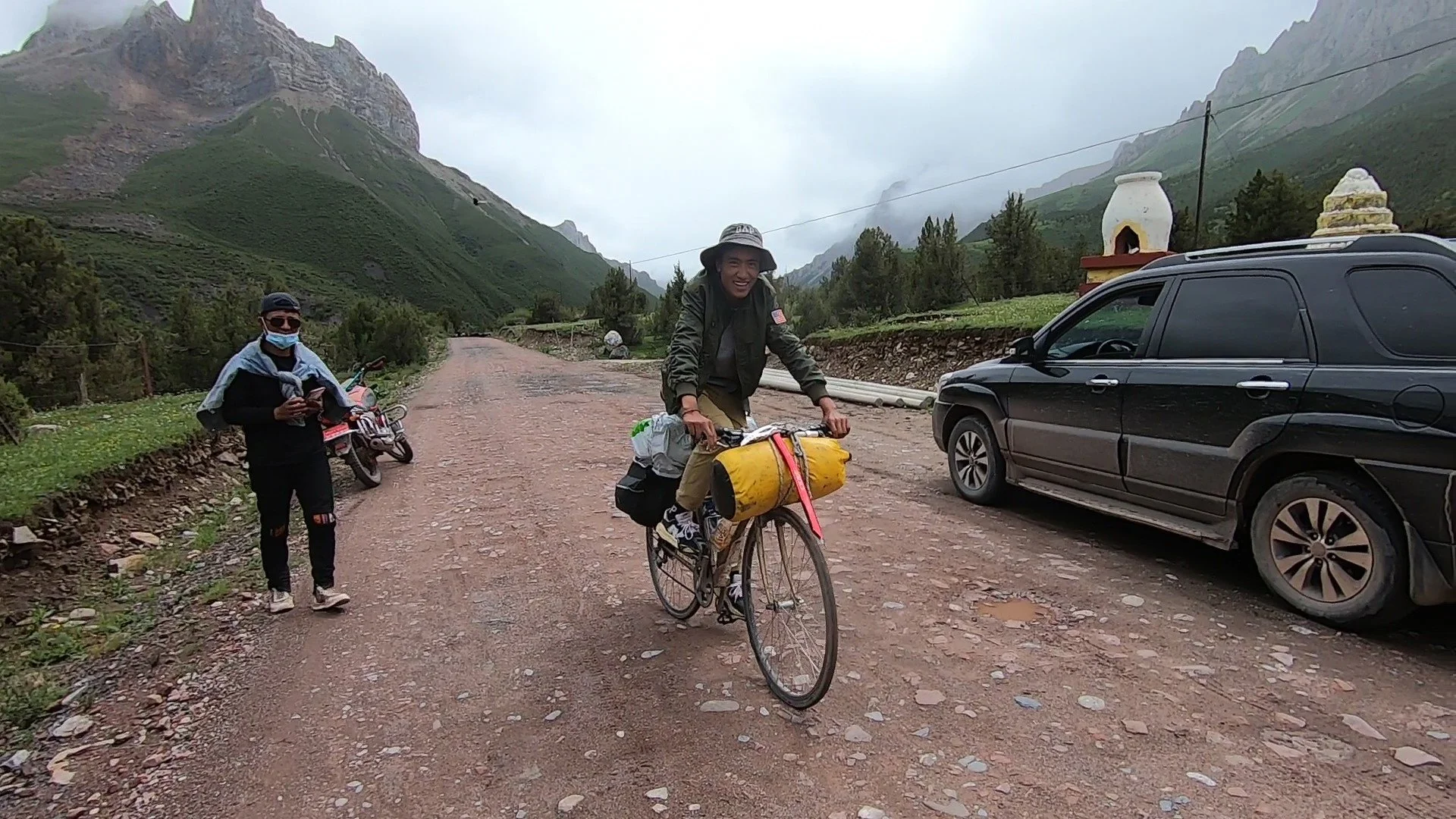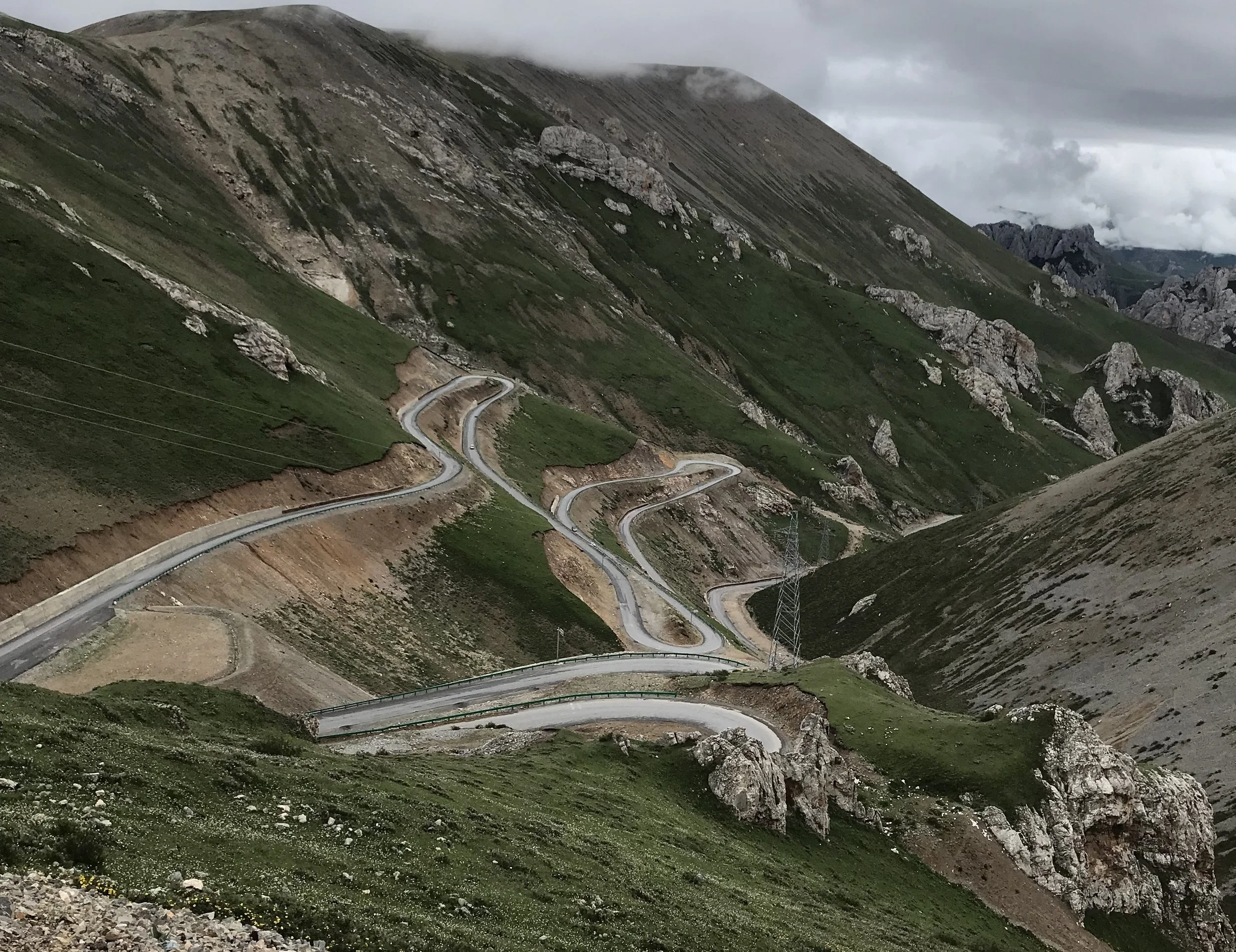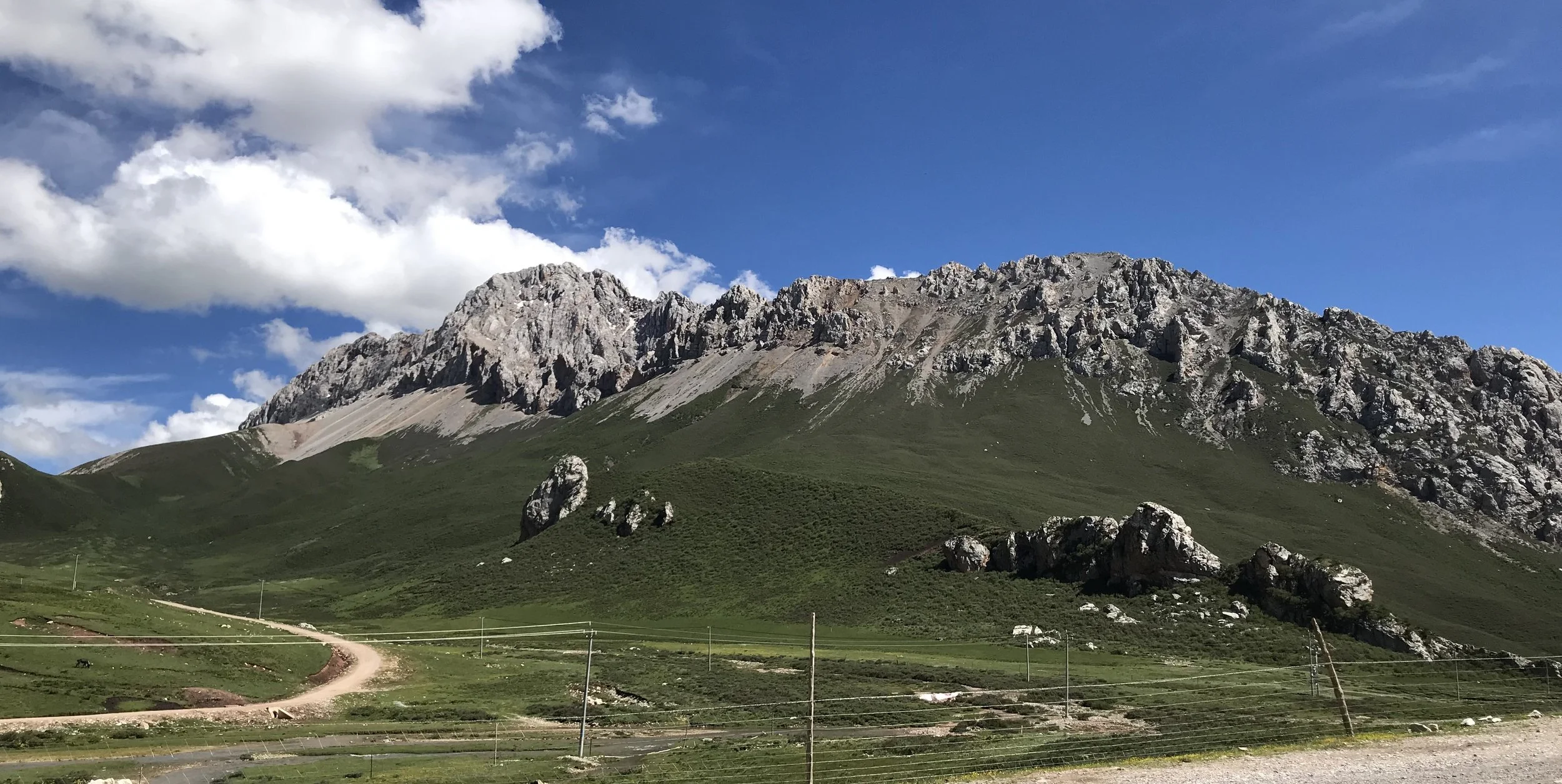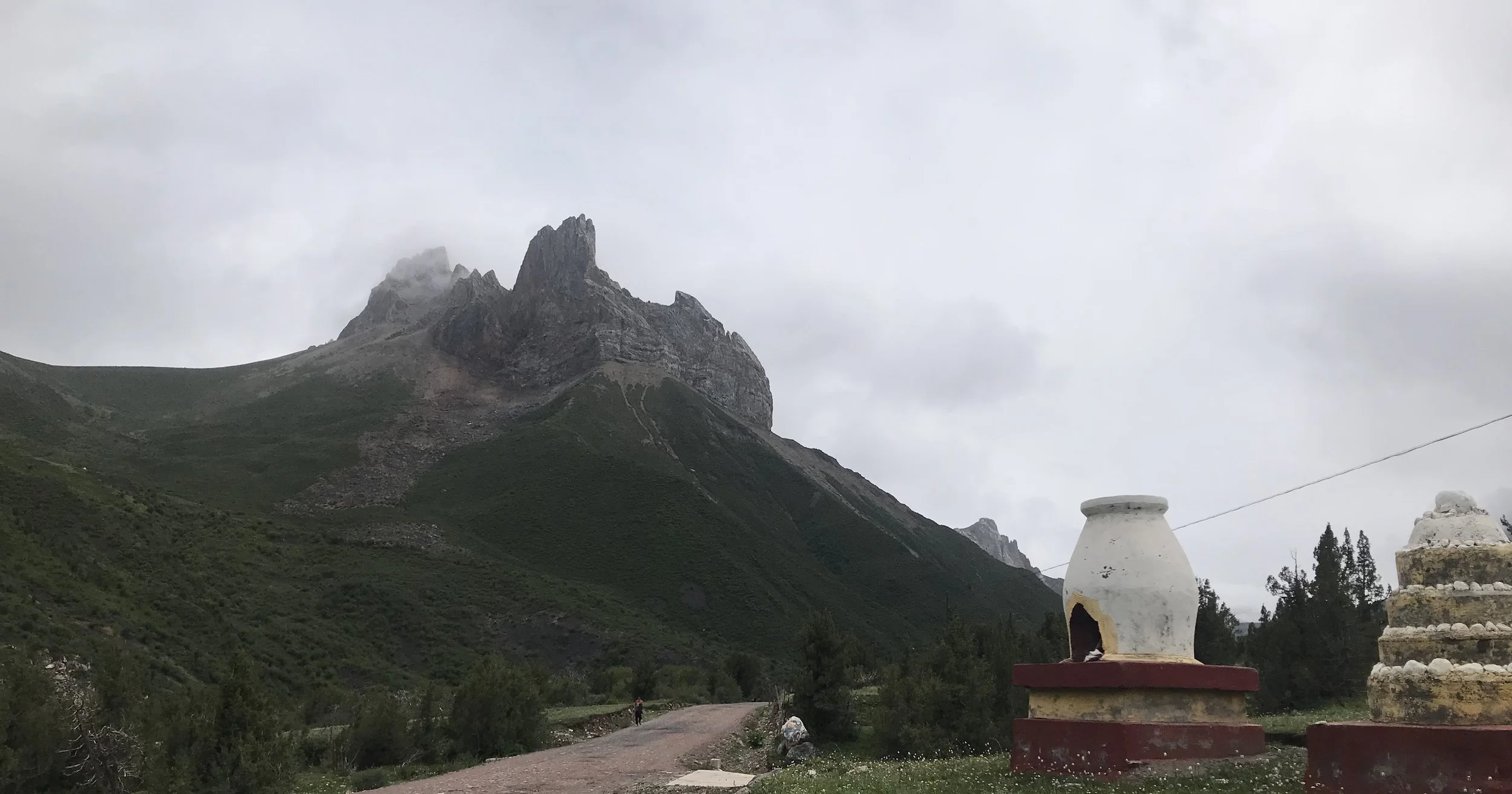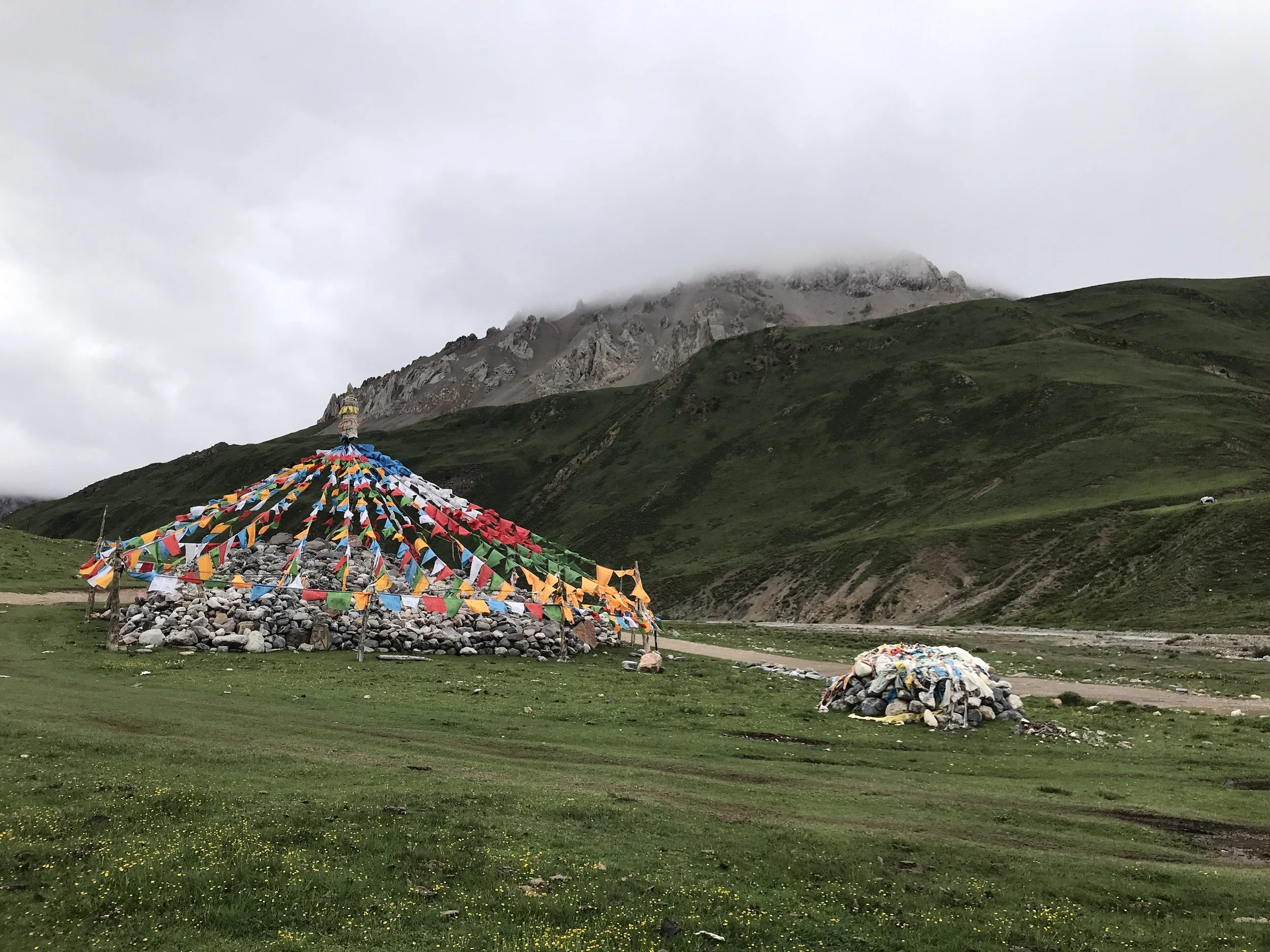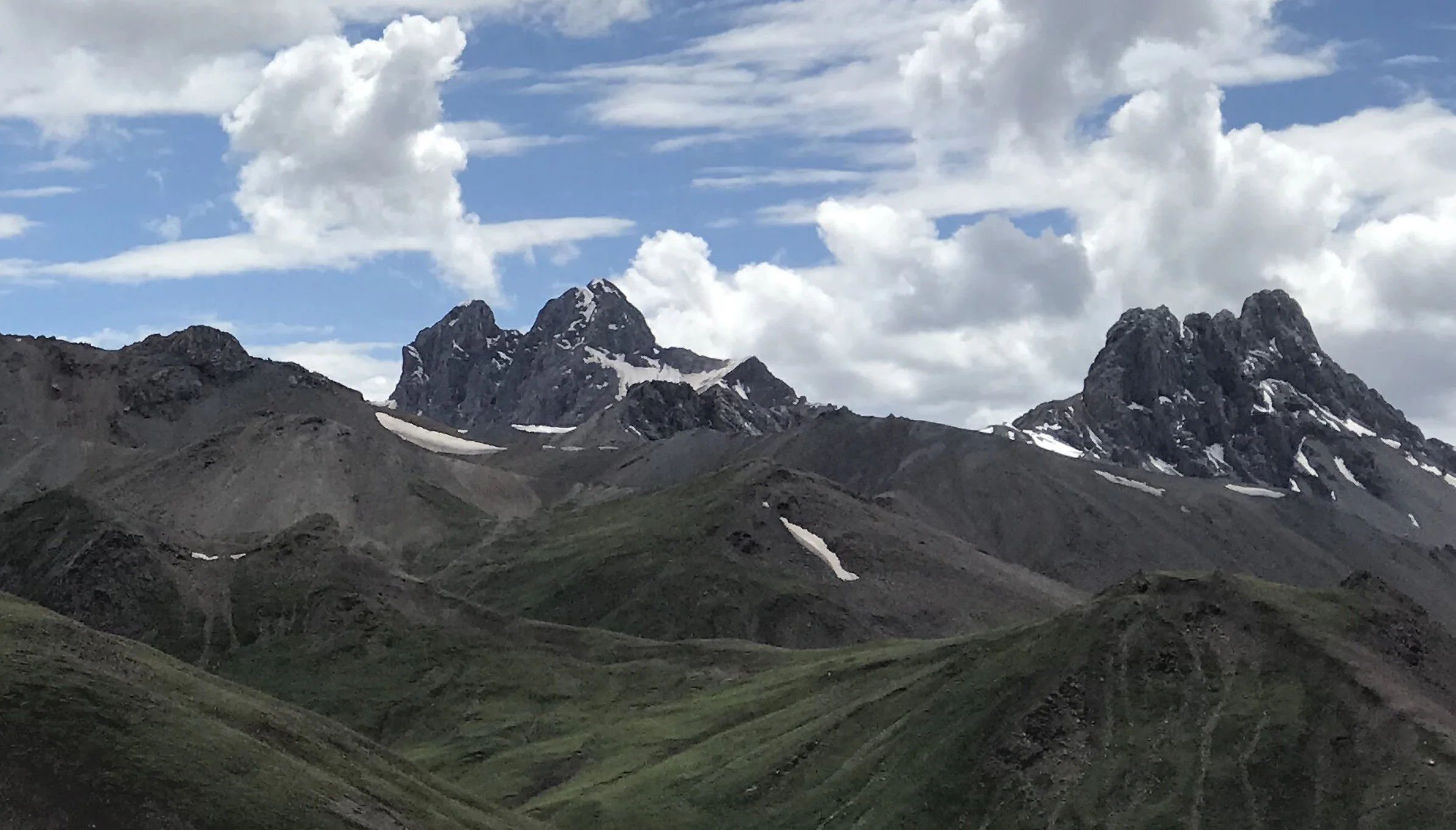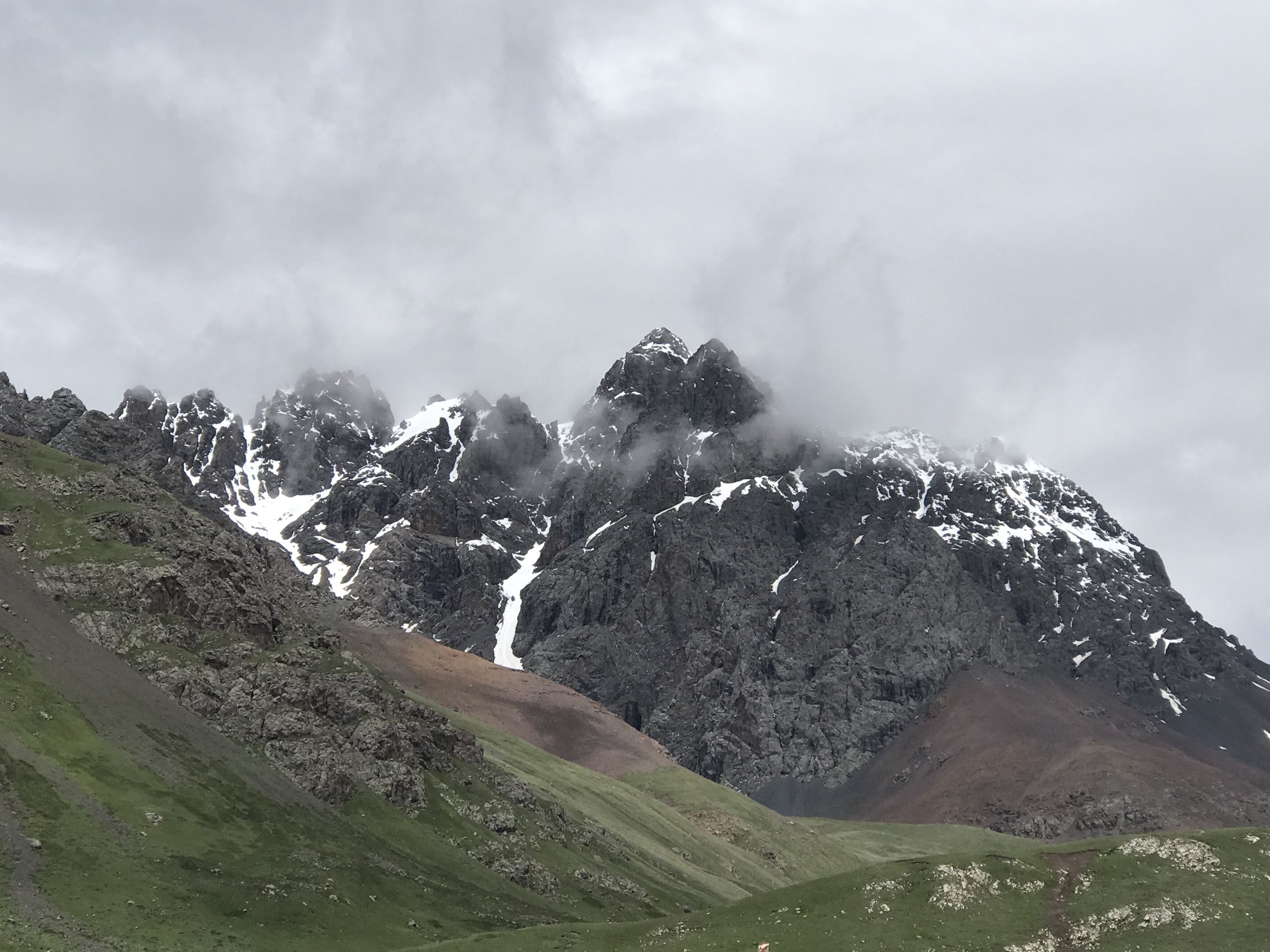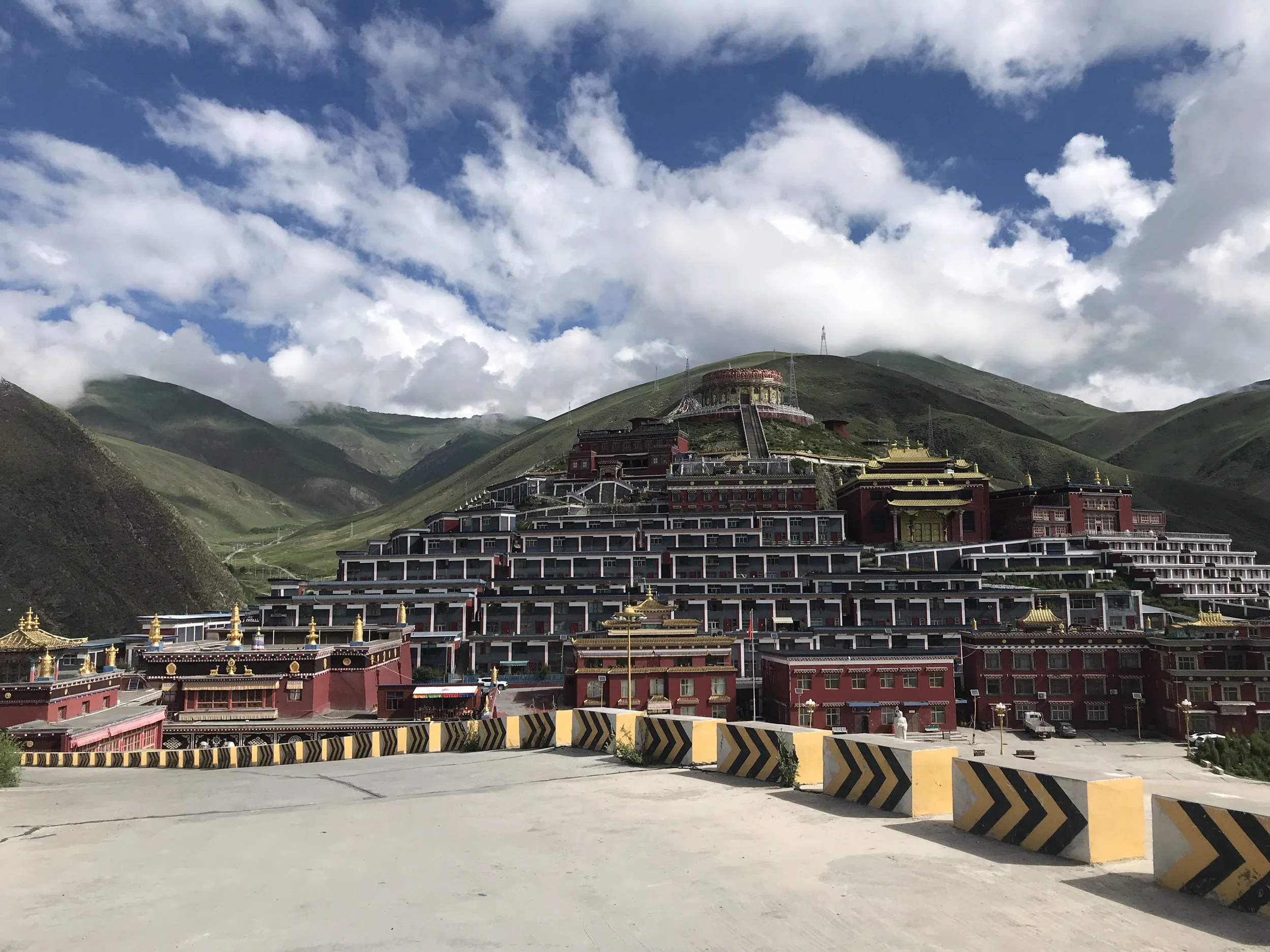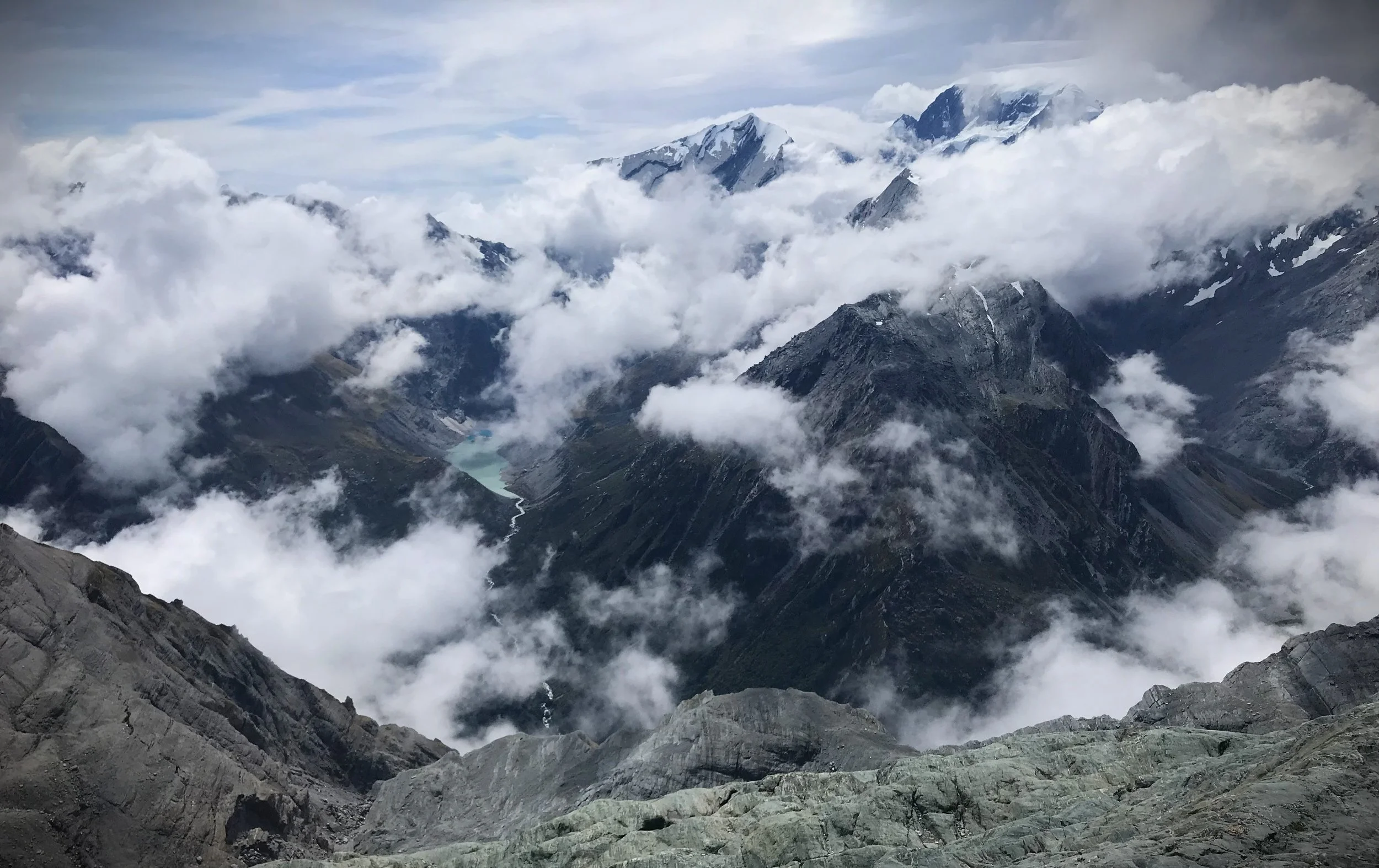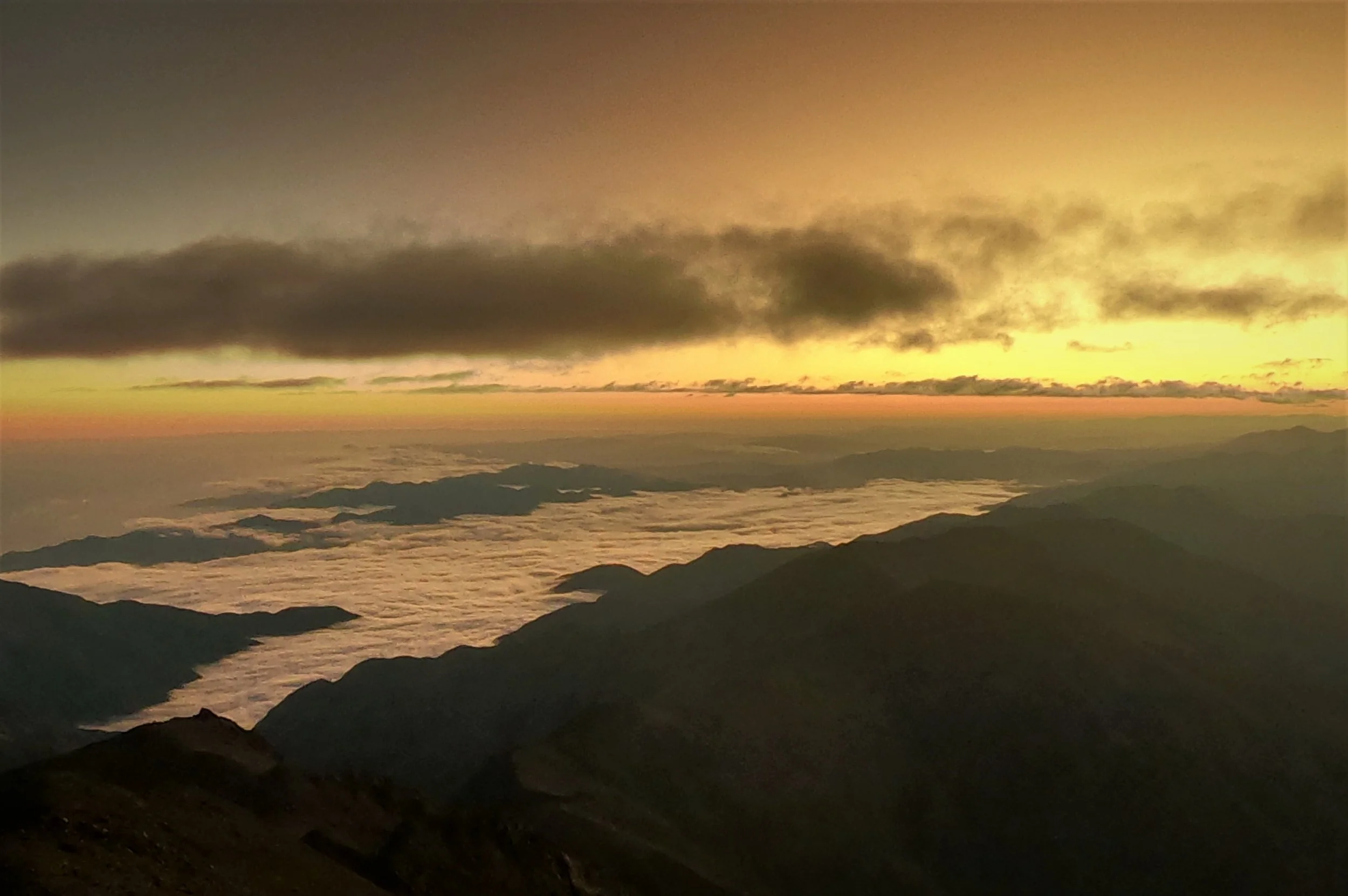7 weeks in China Part one . the Cycling in the Kingdom of Nangchen.
China, the Middle Kingdom has throughout its history and is even today somewhere separate from the rest of the world. When your in China , your really in China and the rest of the world seems to cease to exist. China is a totally non cosmopolitan territory except for a very few isolated areas in a very few of the most major cities. Cosmopolitan for Chinese means visiting or living amongst one of the minority groups - some 55 officially amongst the 56 ethnic groups in China - the one other being Han Chinese. By far the largest of these non Han ethnic group’s by area despite only a very small population are the Tibetan's whose language in terms of area, spread and cultural impact is also one of the most significant languages in the world. Only about half that of the actual area of Tibet is in “political “Tibet , now a province of China. The rest is spread out in an a great cap over and around the political entity and almost all the whole of Tibet lies at altitudes of 3-4000 meters or more. Historically there were many small Kingdoms in Tibet and the Kingdom Of Nangchen in remote river valleys and mountains in the Kham on what are now the borders of Qinghai and Tibet was the longest lasting. The area has fascinating history and the people living here are the Khampa’s, a fiercely independent breed of Tibetans with their own dialect whom during their history have deemed no more to swear allegiance to Lhasa then bow to Beijing.
I don’t intend to bore the reader with more small talk though - one picture being worth a thousand words but as I selected these photos of 2 weeks of bicycles touring there, it only reconfirmed that this is indeed one of the loveliest places on earth.
Heading to Tana La
Tana Ri Mountain pass


